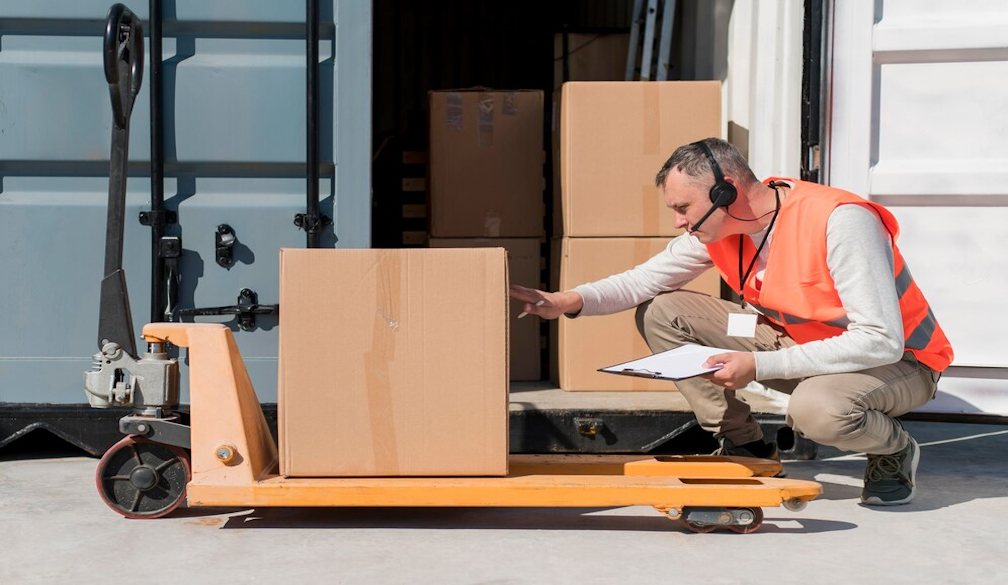How to Load and Unload a Forklift Safely

Operating a forklift safely is crucial in any warehouse or construction environment to prevent accidents and ensure efficient workflow. Loading and unloading a forklift require precision, attention to detail, and adherence to safety protocols. This guide provides comprehensive steps on how to load and unload a forklift safely, along with some considerations for those looking for a forklift for sale.
Understanding Forklift Basics
Before diving into the specifics of loading and unloading, it’s important to understand the basics of forklift operation. A forklift is a powerful industrial truck used to lift and move materials over short distances. Its core components include the truck frame, counterweight, cab, overhead guard, wheels, mast, and forks.
Pre-Operation Inspection
Before using a forklift, conduct a thorough inspection to ensure it is in good working condition. Check the following:
- Tires: Look for wear and tear or punctures.
- Hydraulics: Ensure there are no leaks.
- Forks: Check for cracks or bends.
- Controls: Test all operational controls, including the horn, lights, and brakes.
- Fluid Levels: Check engine oil, coolant, and hydraulic fluid levels.
Loading a Forklift
Loading a forklift involves positioning the vehicle, picking up the load, and securing it properly. Here are the steps:
- Positioning the Forklift: Approach the load squarely with the forks in the lowered position. Make sure the mast is upright before inserting the forks.
- Fork Spacing: Adjust the fork spacing to fit the load. The load should be centered on the forks to prevent tipping.
- Picking Up the Load: Slowly drive forward until the forks are fully inserted under the load. Tilt the mast back slightly to stabilise the load and lift it just enough to clear the ground.
- Securing the Load: Ensure the load is stable and not likely to shift. Use straps or bindings if necessary to secure the load.
- Lifting the Load: Raise the load to the desired height while keeping the forklift stationary. Do not lift or lower the load while the forklift is moving.
Transporting the Load
When transporting the load, always follow these safety guidelines:
- Visibility: Ensure clear visibility by traveling in reverse if the load obstructs your forward view.
- Speed: Maintain a slow and steady speed. Avoid sudden starts, stops, and sharp turns.
- Ground Conditions: Be mindful of floor conditions, including inclines, declines, and potential obstacles.
- Pedestrian Safety: Always be aware of pedestrians and use the horn to alert others of your presence.
Unloading a Forklift
Unloading requires as much care as loading. Follow these steps:
- Positioning the Load: Approach the unloading area slowly and align the forklift squarely with the designated spot.
- Lowering the Load: Gradually lower the load to the ground. Make sure the load is stable and evenly distributed.
- Releasing the Load: Tilt the mast forward slightly to place the load securely. Once the load is settled, withdraw the forks by reversing the forklift slowly.
- Final Check: Ensure the load is stable and properly positioned before moving away from the area.
Forklift for Sale: Key Considerations
If you are in the market for a forklift for sale, consider the following:
- Type of Forklift: Different forklifts are designed for specific tasks. Identify whether you need a counterbalance forklift, reach truck, pallet jack, or another type.
- Load Capacity: Ensure the forklift can handle the maximum weight you plan to move.
- Fuel Type: Forklifts can be powered by electricity, diesel, or propane. Choose based on your operational environment and sustainability goals.
- Condition: Inspect the forklift thoroughly if buying second-hand. Look for signs of wear, especially in critical components like the mast and forks.
- Dealer Reputation: Purchase from reputable dealers who offer warranties and after-sale support.
Conclusion
Loading and unloading a forklift safely is essential for maintaining a safe work environment and preventing accidents. By following the outlined steps and adhering to safety protocols, operators can handle loads efficiently and securely. For those looking to purchase a forklift, considering key factors such as type, load capacity, fuel type, and dealer reputation will help in making an informed decision. Prioritising safety and quality in forklift operations ensures a smooth and productive workflow.

